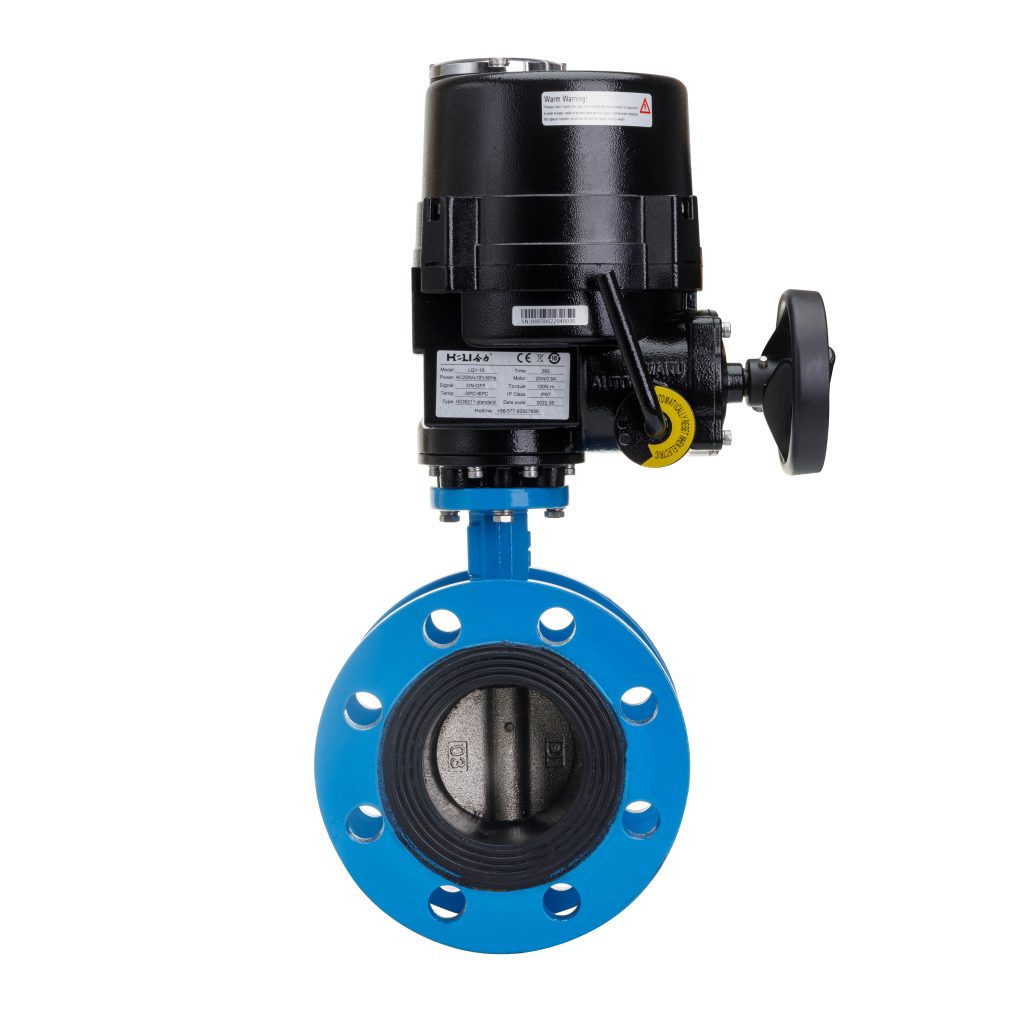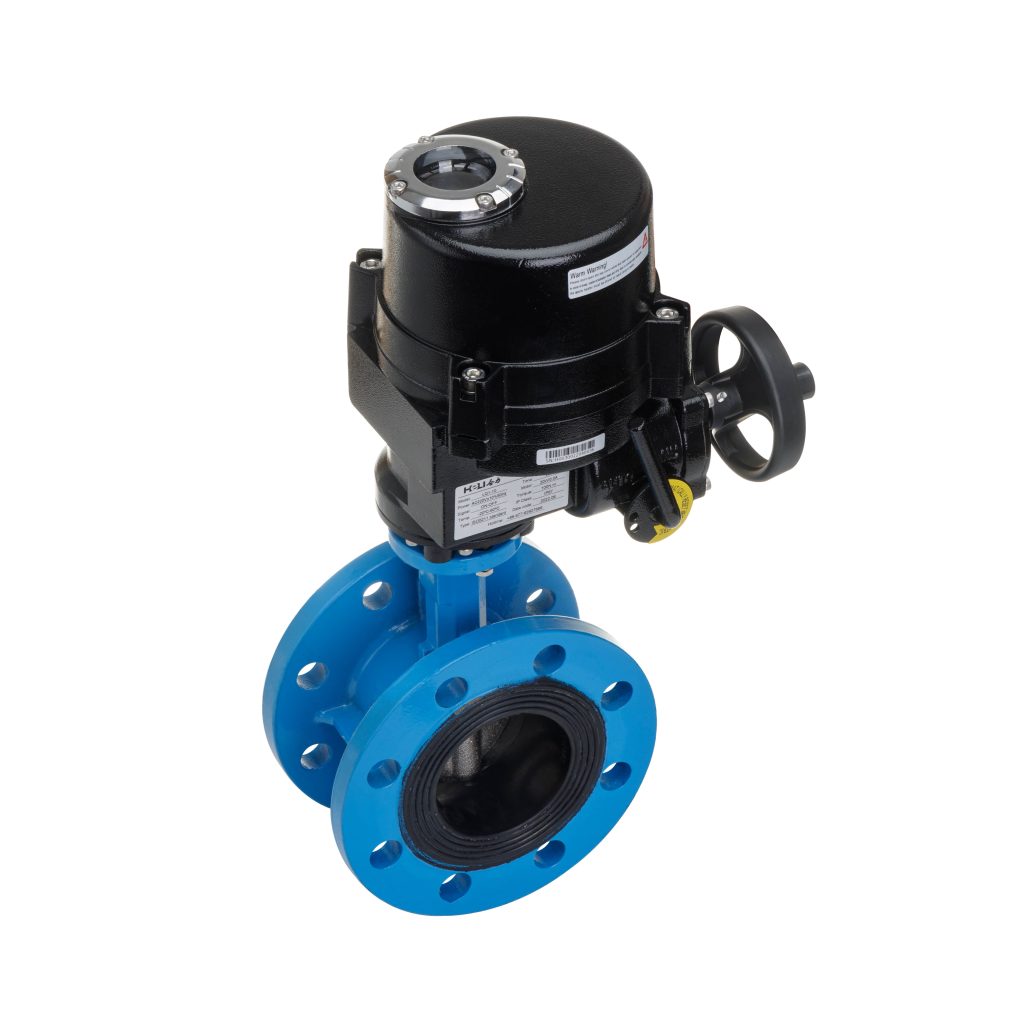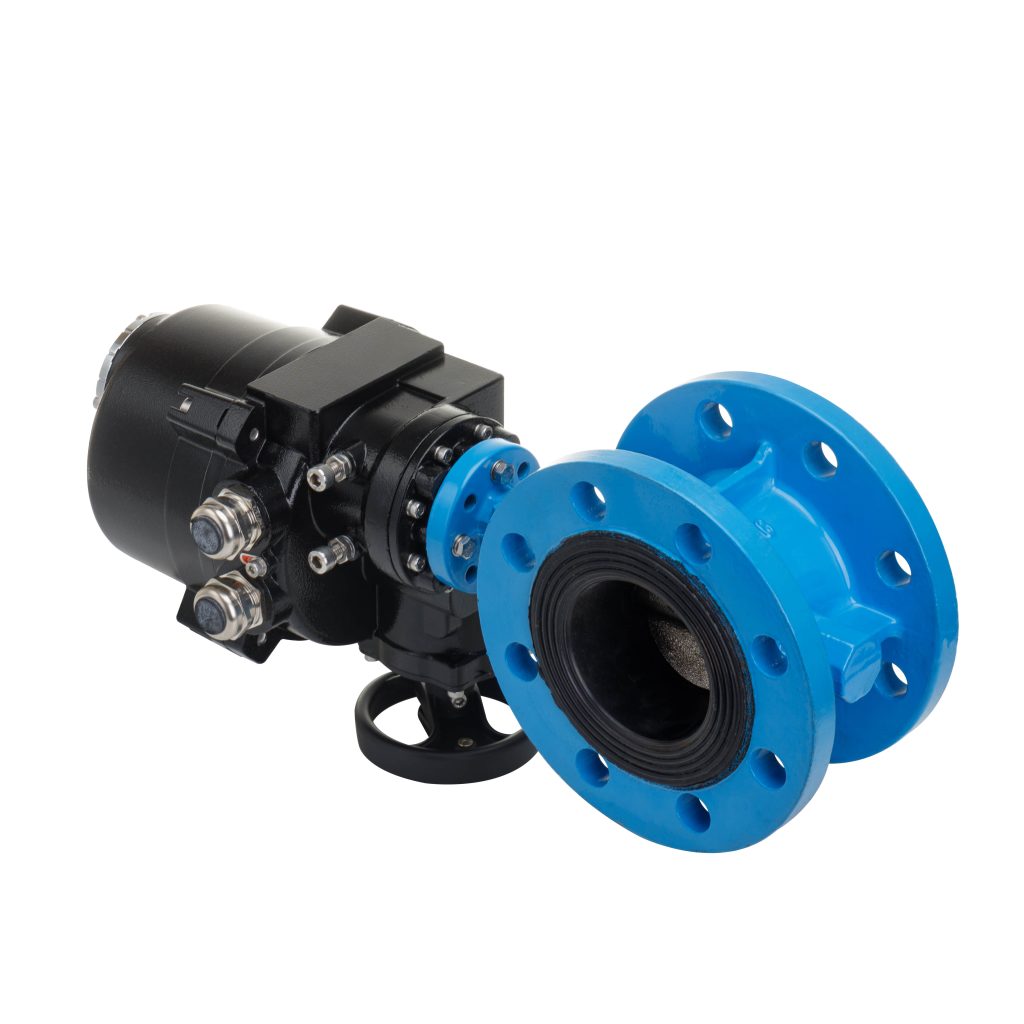Electric flanged butterfly valves are essential components in various industrial applications, providing effective flow control in piping systems. These valves combine the operational efficiency of a butterfly valve with the precision of electric actuation, making them a preferred choice in sectors such as water treatment, chemical processing, and HVAC systems. This article delves into the design, functionality, advantages, and applications of electric flanged butterfly valves.

Design and Functionality

Electric flanged butterfly valves consist of a circular disc that rotates around a central shaft to control the flow of fluid. The term “flanged” refers to the valve’s design, which includes flanges that allow for easy attachment to piping systems. Typically made from materials such as stainless steel, cast iron, or PVC, these valves are robust and can withstand high pressure and temperature conditions. The valve’s electric actuation mechanism allows for remote operation and automation, enhancing efficiency and safety. Electric actuators convert electrical energy into mechanical motion, enabling precise control over the valve’s position. This automation can be integrated with control systems for applications requiring real-time monitoring and adjustments.
